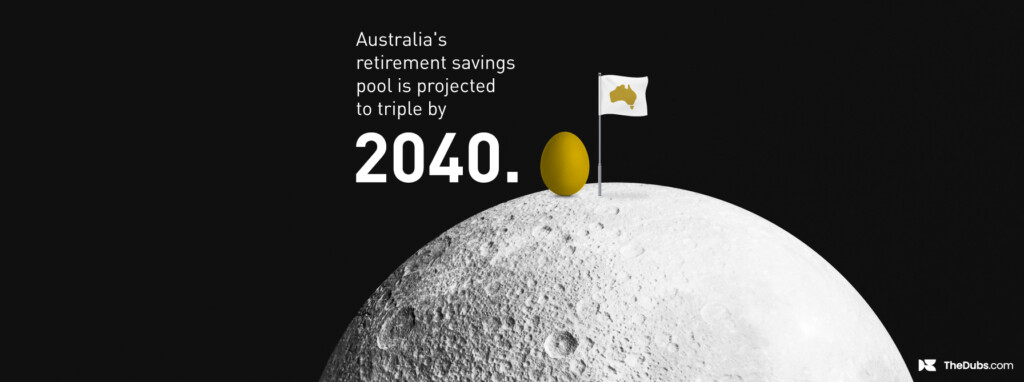If a presence on social media and a documented social media strategy wasn’t a priority for finance brands prior to the global pandemic, it has become undeniably critical in this new socially-distanced era. With COVID-19 enforcing isolation, driving increased screen-time and fast-tracking digital transformation, we look at the heightened emphasis on digital channels for marketing and why always-on social distribution needs to feature in a finance brand’s marketing mix.
Social media builds and maintains key client relationships
In a post-COVID-19 era where isolation and social distancing have become the norm; the ability to communicate, connect, engage and build strong relationships with customers within the financial industry has never been so important, and equally, so complex. Enter social media platforms.
According to a survey of financial advisors by Putnam Investments, 9 in 10 respondents believe using social media changed the nature of client relationships since the start of the pandemic. 74% of those surveyed who used social media for business also successfully initiated new relationships or onboarded new clients. According to Mark McKenna, head of global marketing at Putnam Investments, “Advisors’ active use of social media during the pandemic has been critical to their success, not only in communicating with prospects and referrals, but also in advancing their ongoing relationships with clients.”
“ 9 in 10 respondents believe using social media changed the nature of client relationships since the start of the pandemic.”
Social media humanises your brand
Social channels give finance brands a unique opportunity to humanise their services through a more informal dialogue and the ability to make themselves available to customers. Consider standalone customer service options on X like Citibank’s Ask Citi or Bank of America’s BofA_Help which provide another direct engagement touchpoint for your brand.
The simple use of social media to keep customers up-to-date with in-branch social distance updates like these Instagram posts from Lincoln Savings Bank ensures customers know exactly what is happening right now with minimal friction. The more digitally-led neobanks are even well placed to take advantage of newer social media platforms to connect with a younger audience that is often reluctant to engage with finance brands – like this TikTok gamification example from Australian neobank Up Bank. An always-on social strategy offers stability to your customers during an unsettling time, providing a channel and touchpoint to provide regular updates as well as serving as an open channel of communication.
Social isn’t one size fits all
85% of financial advisors who participated in the Putnam Investments survey are currently using LinkedIn as their preferred platform, with Facebook coming in second at 65%. Respondents of a financial services survey by Greenwich Associates corroborated the popularity of LinkedIn within the sector with 38% of respondents saying they plan to raise their usage of LinkedIn this year, while 32% are also planning to make greater use of X.
Although Linkedin remains the clear favourite, the Putnam Investments survey also found that 53% of the financial advisors surveyed use YouTube and 31% even use Snapchat. What is important is understanding your audience, what platforms they use and how best to use these platforms to engage with them.

Social media networks used for business by financial advisors
Image credit: Putnam Investments
Technology is shifting towards socially-driven strategies
Off the back of the rapid adoption of socially-led marketing strategies and technology, a study into the impact of the pandemic on consumer behaviour found that prior to the pandemic, the banking and financial services industry was highlighted by consumers as being the most innovative in its use of technology. During the pandemic, this lead fell with only 16% of consumers still seeing the industry as making the most innovative use of technology, down from 27% just months before. While the retail industry quickly implemented practical online solutions such as Click and Collect to meet changing customer needs, banking and financial services have fallen behind. Technology that can be closely linked to social media such as AI and digital representatives were ranked as the most desired updates expected from the industry – think chatbots via a social platform and socially-led customer service.
The world has changed rapidly for your consumers over the past year and financial brands face losing touch with current and potential clients if they don’t keep up with digital opportunities. Social media is no longer a ‘nice-to-have’ communication tool for the industry; it’s an essential aspect of your marketing strategy. Whether it’s achieving consistency across your existing social channels, expanding into new areas such as TikTok, adopting a lead gen or paid targeted strategy, or stretching yourself further with the launch of a chatbot, there’s a social and digital opportunity for every finance brand to evolve into. Social media strategies for finance brands are our bread and butter at The Dubs, get in touch.









